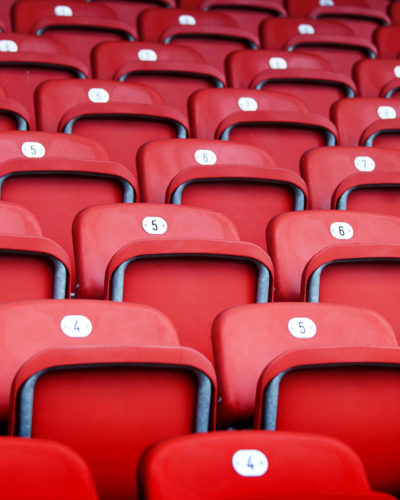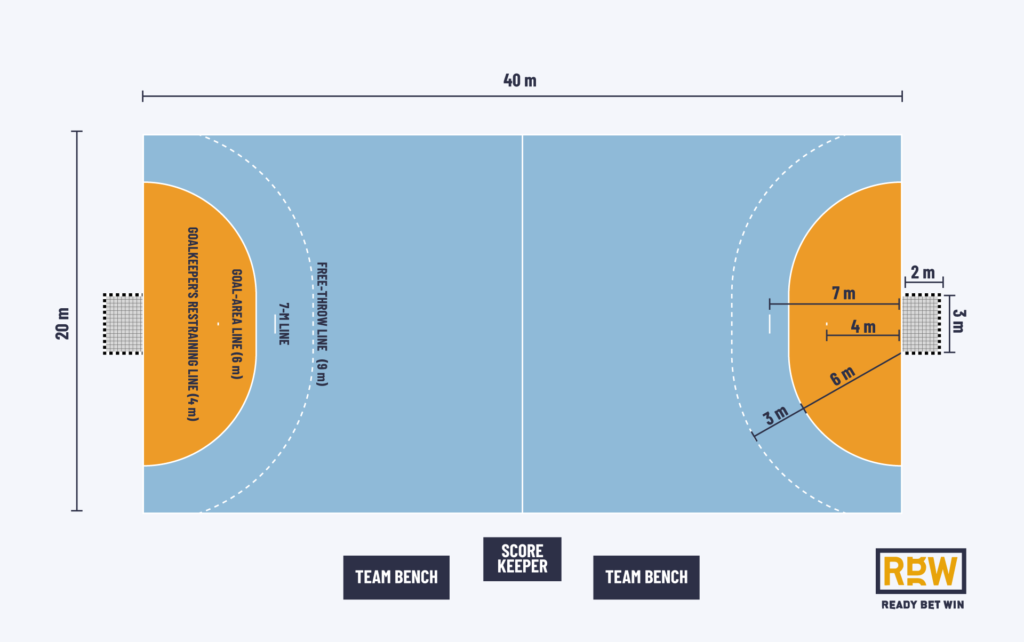Handball and betting
Handball is a fast-paced sport where many goals are usually scored in each match. This makes betting on handball very entertaining and exciting right down to the last minute. The biggest and most fun championships for betting on handball are the European Handball Championship and the World Handball Championship.
On this page you can learn more about handball and its rules to have as good conditions as possible for gambling. Here we go!
- €150 casino bonus
- €150 odds bonus
- Where top dogs play
Handball originated in Denmark where it was established in the 1890s. During the beginning of the 20th century, the development of the sport continued in Germany and Sweden. These three nations have always remained among the best nations in the world.
During the 1930s, handball had spread around the world and people started playing international matches. They played both outdoors with 11-man teams and indoors with 7-man teams. Until the end of the 1960s, outdoor handball was still played with 11-man teams. But today it is indoor handball with 7-man teams that we refer to when we say handball.
During the Olympics in Berlin in 1936, handball was included as a showpiece where Germany took home the victory. The first world championship in handball (indoor) was played in 1938 in Germany and the gold was won by the host nation.
See game schedules, compare odds and read more about the biggest international handball tournaments
- World Men’s Handball Championship
- European Men’s Handball Championship
- World Women’s Handball Championship
- European Women’s Handball Championship
Rules in handball
One of the most basic rules in handball is that you must not take more than three steps without bouncing the ball. Outfielders must not touch the floor closer than 6 meters from the goal and the goalkeeper must not cross this line with the ball. If the ball goes off the field, a throw-in is awarded. If the defending team’s goalkeeper or attacking outfielder is last on the ball when the ball goes out along the short side, the goalkeeper’s throw is awarded. That is, the goalkeeper starts the game inside the goal line (six-meter line).
The handball court
The court is a rectangle measuring 40 x 20 meters. It contains two goal areas and a playing field. The long sides are called side lines, the short sides goal line (between the posts) and outer goal line (on both sides of the goal). The goals have an internal dimension of 3 x 2 meters.
Playing time
The playing time for handball teams with players who are 16 years and older, is 2 x 30 minutes. The half-time break is normally 10 minutes.
If a match is a draw at the end of the regular playing time, extra time is played, after a break of 5 minutes. The extra time consists of two halves of 5 minutes with a 1 minute half-time break. If the match is a draw again after the first extra time, a second extra time will be played after a break of 5 minutes. This extension also has two halves of 5 minutes with a half-time break of 1 minute.
If the match is still a draw, penalty throws can be used as a decisive factor in choosing a winner. The referees then choose which case to use for the sentencing. The referees makes a coin toss and the winning team chooses whether to throw first or last. Each team nominates five players for the penalty throw.
The best of 5 penalty throws by each team wins the match. If the match is not settled after these 5 penalty throws, another 5 players are nominated for a new round. In the second round, one penalty throw is thrown at a time until the goal difference selects a winner.
The handball
The handball consists of a cover made of leather or art material. The ball size to be used by different categories of teams are the following:
- 58-60 cm and 425-475 g (IHF size 3) for male players and for male youth (over 16 years).
- 54-56 cm and 325-375 g (IHF size 2) for female players, for female youth (over 14 years) and male youth (12 to 16 years).
- 50-52 cm and 290-330 g (IHF size 1) for female adolescents (8-14 years) and male adolescents (8 to 12 years).
The teams
A team consists of up to 14 players. In national youth matches, the team may consist of 17 players. A maximum of 7 players may be on the playing field at the same time. Other players are substitutes.
Penalty throws and free throws
Penalties are awarded for preventing a clear goal chance. If the attacking player is considered to have control of the ball and balance, a penalty throw is awarded, if the ball is not under control but the defending team stops a goal chance, a free throw is awarded to the attacking team.


